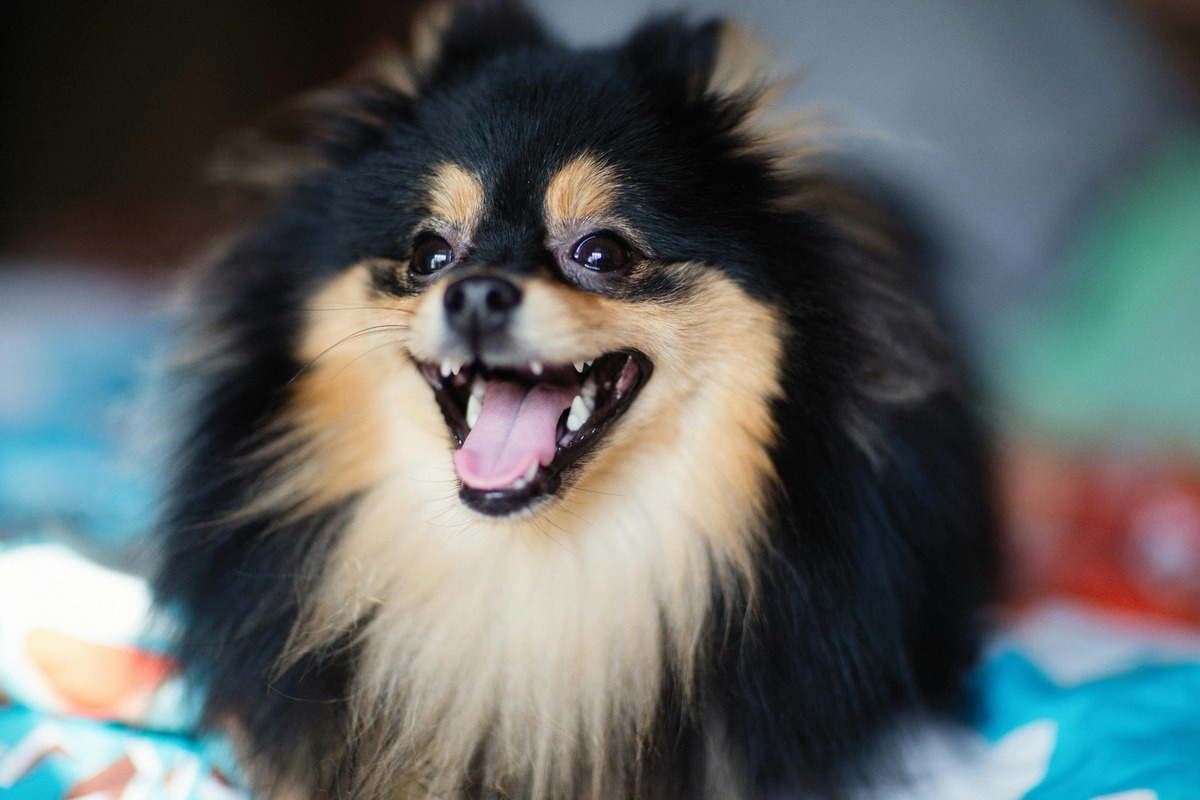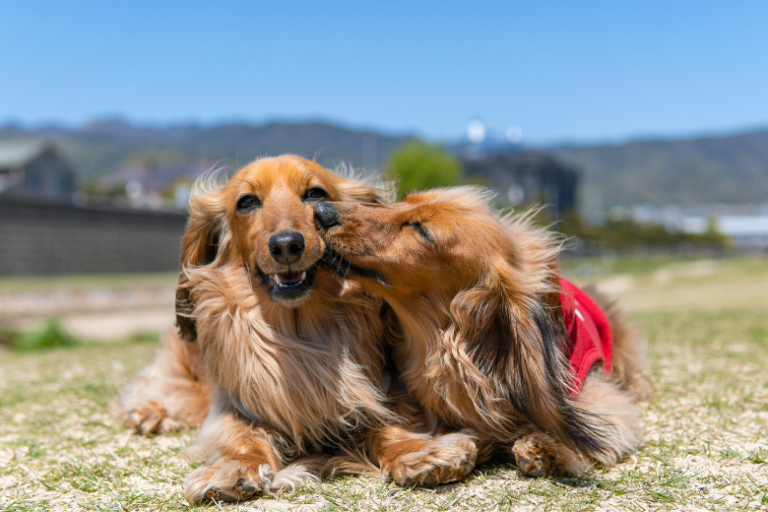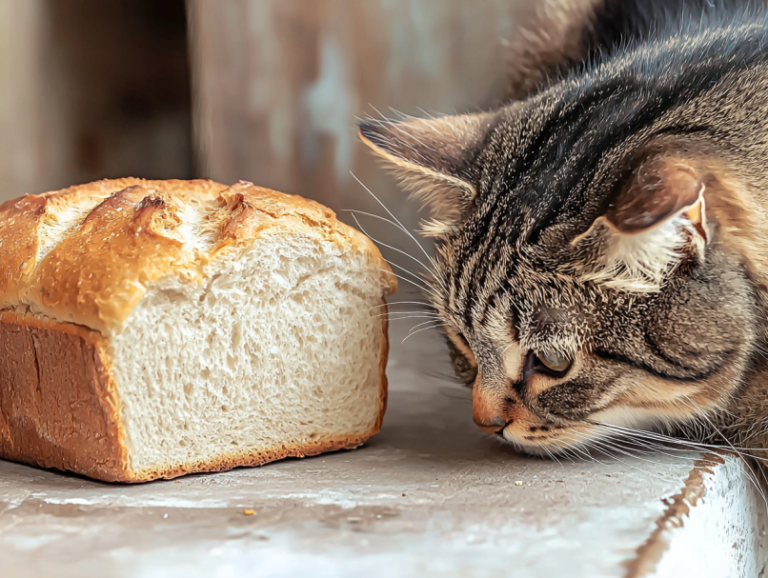12 Problematic Dog Breeds: Challenges and How to Manage Them
Every dog is unique, bringing its own personality, quirks, and love into your life. However, some breeds come with characteristics or tendencies that can pose challenges for their owners. From high energy levels and stubbornness to excessive barking and strong prey drives, these traits may make certain breeds difficult for inexperienced or unprepared dog parents.
This doesn’t mean these breeds aren’t lovable or trainable—they just require specific care, training, and commitment to thrive in the right home. Here are 12 dog breeds often labeled as “problematic” and tips on how to address their unique challenges.
1. Chow Chow
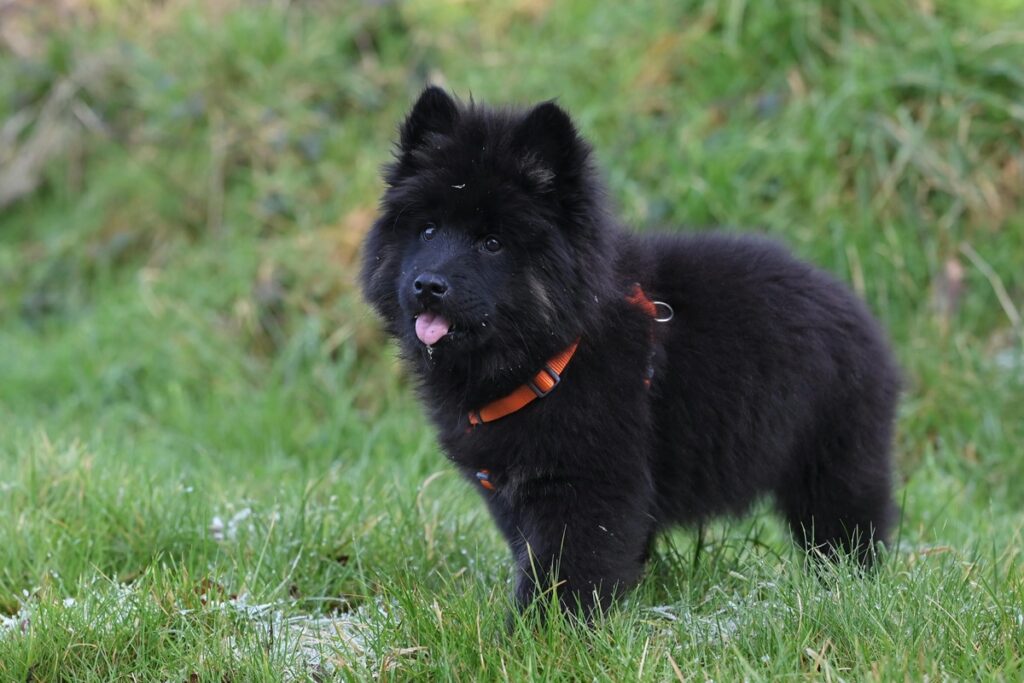
Chow Chows are dignified, independent, and aloof, often compared to cats in their behavior. They can be highly territorial and are known to be wary of strangers. Without proper socialization, they may display aggressive tendencies.
How to Manage: Start socializing early to help them feel comfortable in various situations. Use positive reinforcement during training and establish yourself as a calm, confident leader.
2. Dalmatian

Dalmatians are high-energy dogs that require a lot of exercise. If their physical and mental needs aren’t met, they can become destructive and even aggressive. They’re also known for being stubborn, making training a challenge.
How to Manage: Provide plenty of physical activity, such as long walks or runs, and engage them with puzzle toys to channel their energy constructively. Consistent training is essential.
3. Beagle

Beagles are adorable, friendly, and outgoing, but their powerful noses often get them into trouble. They can be relentless escape artists, following scents without regard for commands or boundaries.
How to Manage: Ensure your yard is secure and always use a leash on walks. Keep them mentally stimulated with scent games and regular training sessions.
4. Siberian Husky
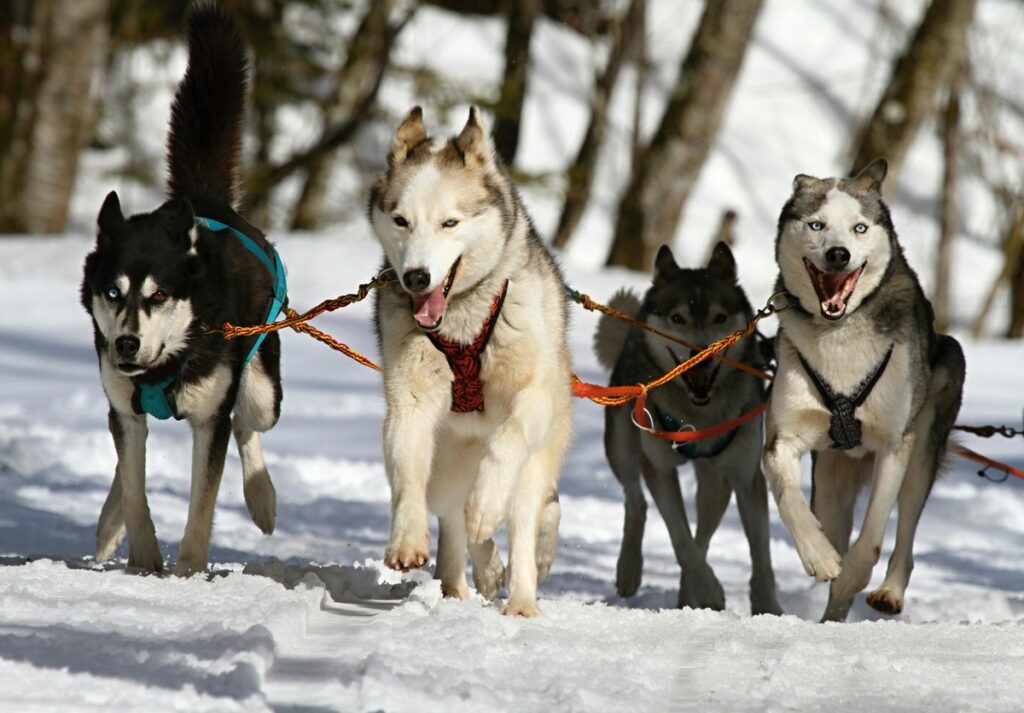
Huskies are stunningly beautiful and full of energy, but their independent and mischievous nature can make them difficult to handle. They are notorious escape artists and can be destructive if bored.
How to Manage: Provide them with plenty of physical exercise and mental stimulation. Use a sturdy leash and secure fencing, as they are known to dig or climb out of enclosures.
5. Jack Russell Terrier

Jack Russells are small dogs with big personalities. Their boundless energy and strong prey drive make them a handful for owners who aren’t prepared for their needs. Without enough stimulation, they can become destructive.
How to Manage: Engage them with agility training, fetch, or other high-energy activities. Provide consistent training and set clear boundaries early on.
6. Bulldog
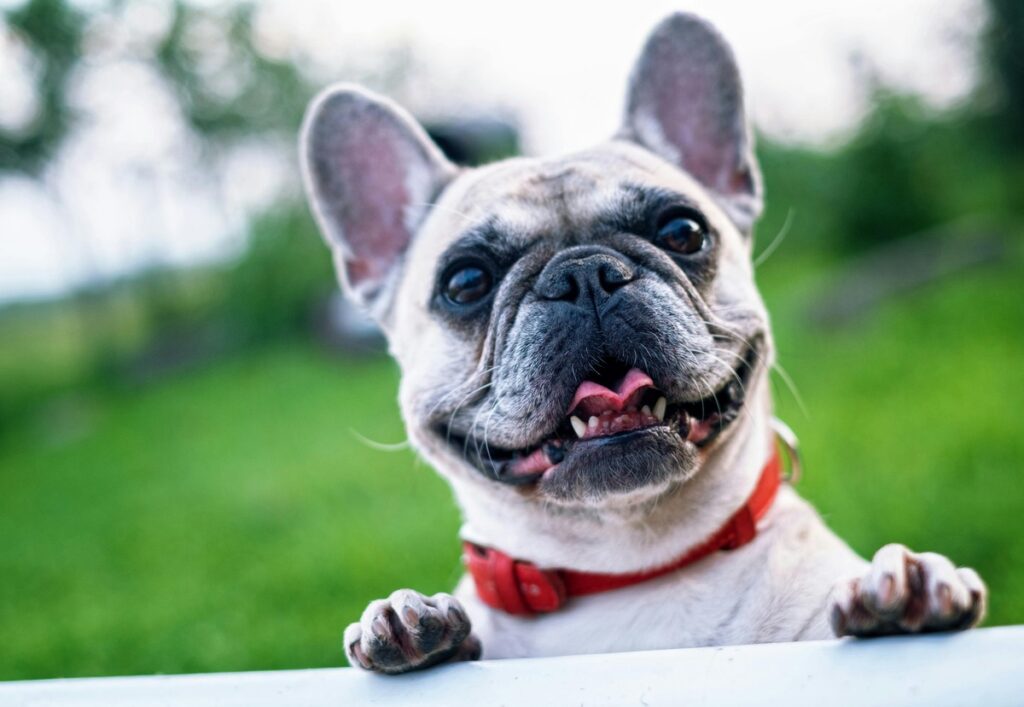
Bulldogs are sweet and lovable, but their health issues can make them challenging to care for. They are prone to breathing problems, obesity, and skin infections, requiring frequent trips to the vet.
How to Manage: Keep them at a healthy weight with portion-controlled meals and moderate exercise. Regularly clean their skin folds to prevent infections.
7. Border Collie

Border Collies are one of the smartest dog breeds, but their intelligence and energy levels can be overwhelming. They require constant mental and physical stimulation and may develop behavioral problems if bored.
How to Manage: Provide jobs or tasks to keep their minds engaged, such as herding games, agility courses, or advanced training exercises.
8. Akita
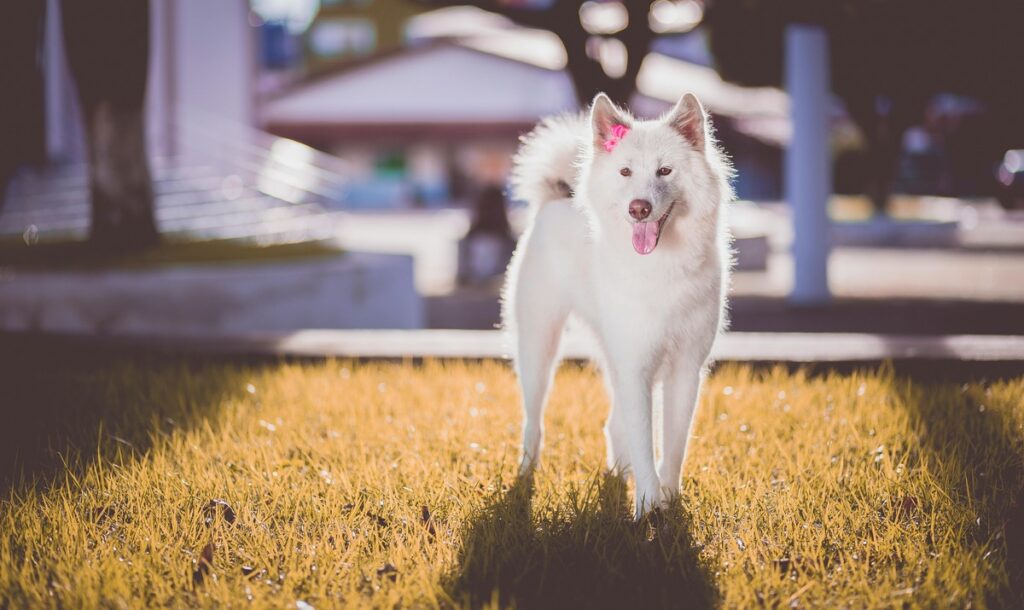
Akitas are loyal and protective, but their independent and dominant nature can make them challenging for inexperienced owners. They are naturally wary of strangers and require strong, consistent leadership.
How to Manage: Socialize them early to reduce aggression and territorial tendencies. Use firm but positive training methods to establish boundaries.
9. Australian Cattle Dog
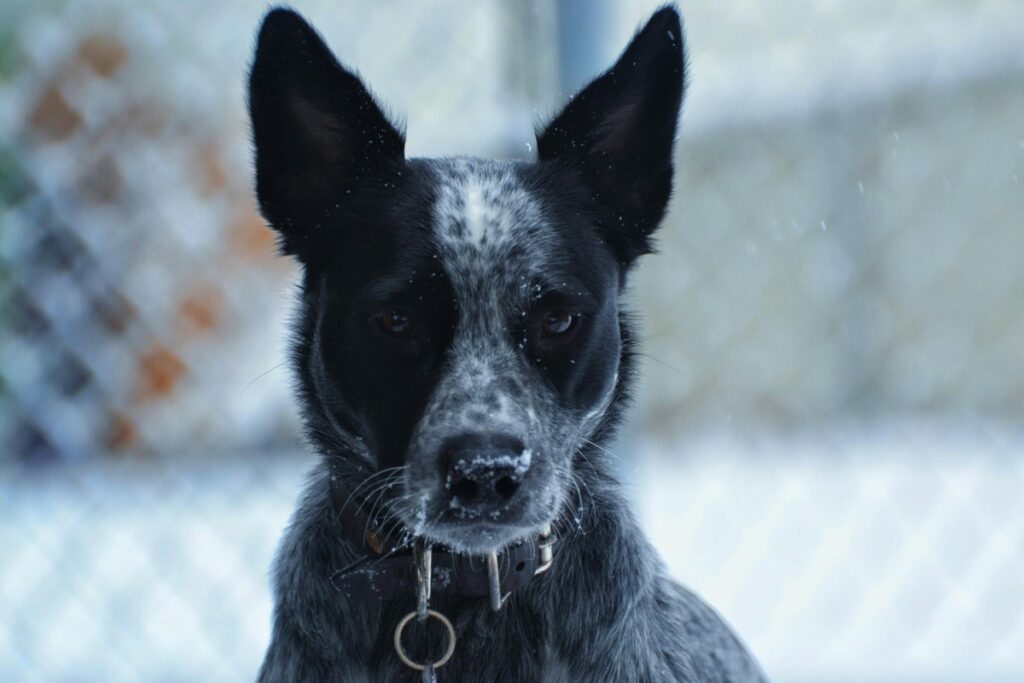
Also known as Blue Heelers, these dogs are energetic and highly intelligent. They were bred to herd livestock, and without proper outlets for their energy, they may become destructive or try to “herd” children or other pets.
How to Manage: Give them plenty of exercise and training, and channel their energy into structured activities like obedience or agility competitions.
10. Shih Tzu
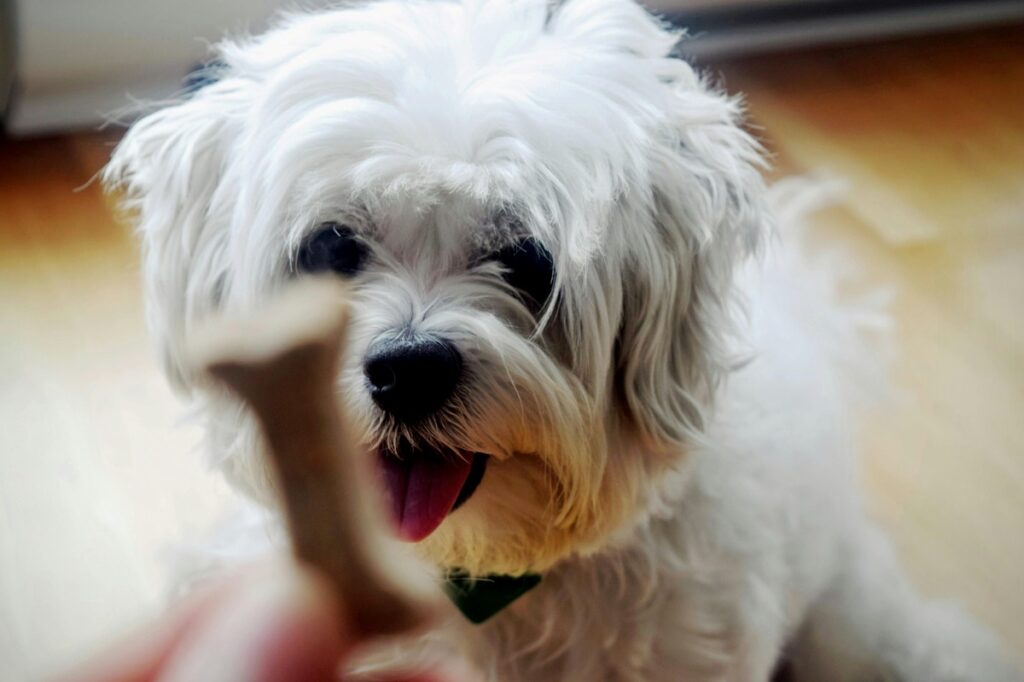
Shih Tzus are affectionate lap dogs, but their stubborn streak can make training difficult. They are also prone to separation anxiety, which may lead to excessive barking or destructive behaviors.
How to Manage: Be patient during training and use positive reinforcement. Keep their routines consistent to help reduce anxiety.
11. Dachshund

Dachshunds are charming but have a strong prey drive and a stubborn personality. They are prone to excessive barking and can be difficult to housebreak.
How to Manage: Use firm, consistent training techniques and provide plenty of opportunities for play and exercise. Keep their prey drive in check with a secure yard and leash walks.
12. Rottweiler
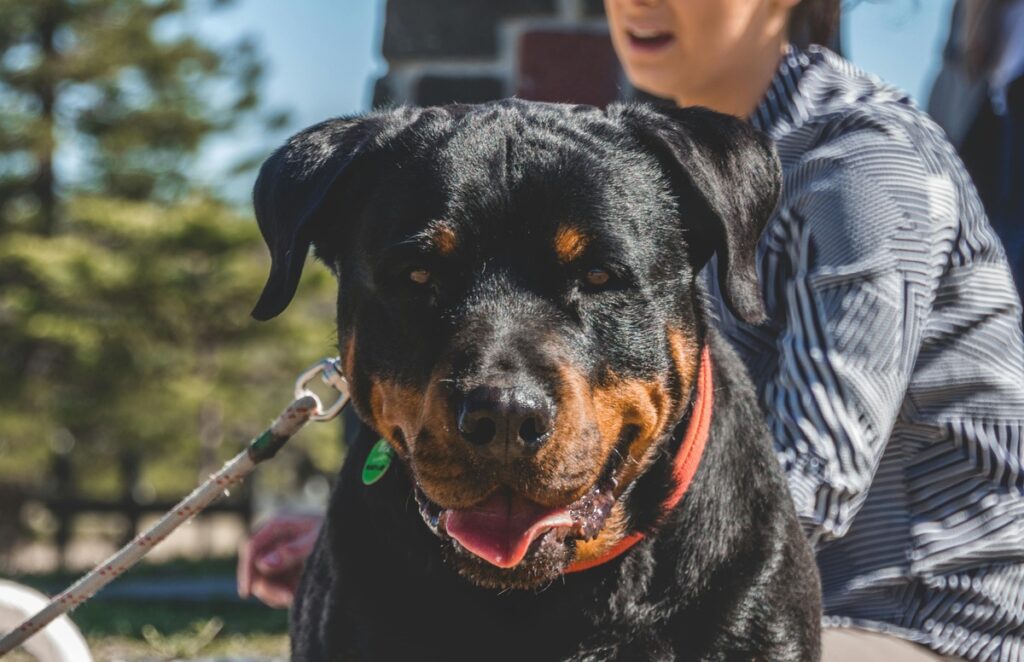
Rottweilers are loyal and protective, but their strength and natural guarding instincts can make them intimidating to handle. Without proper training and socialization, they may become overly aggressive or reactive.
How to Manage: Start socialization and obedience training early. Build their confidence with positive reinforcement and ensure they’re exposed to a variety of people, animals, and environments.

Every dog breed has its challenges, and what makes a breed “problematic” often depends on the owner’s ability to meet their unique needs. With proper training, patience, and care, even the most difficult breeds can become loving, well-behaved companions. If you’re considering one of these breeds, take the time to research their needs and ensure you’re prepared to provide the environment and attention they require. After all, every dog deserves a home where they can thrive.

